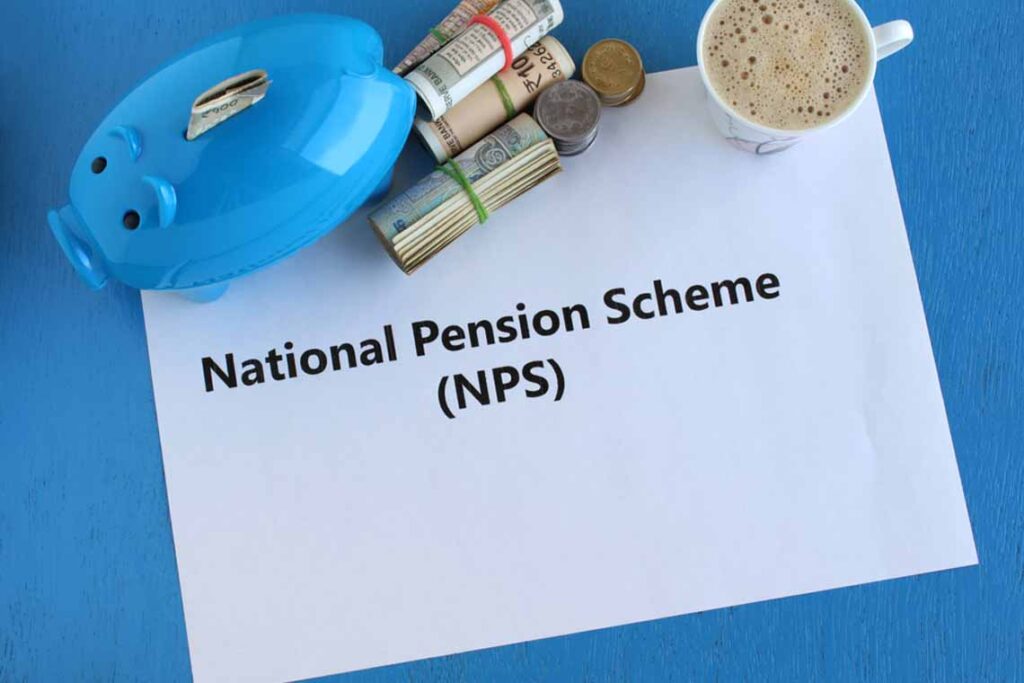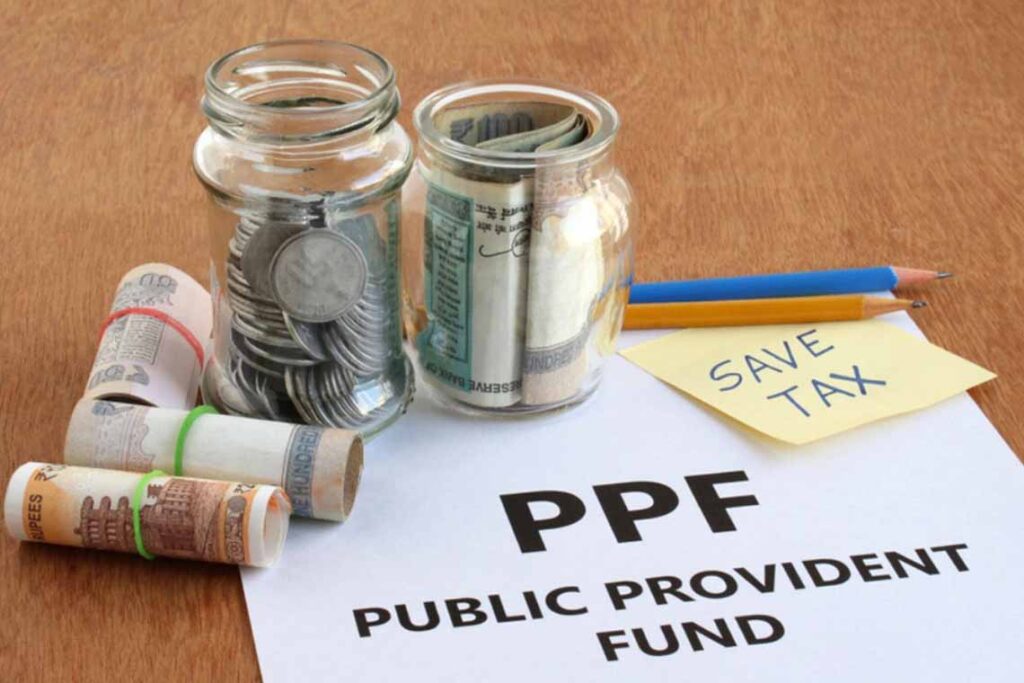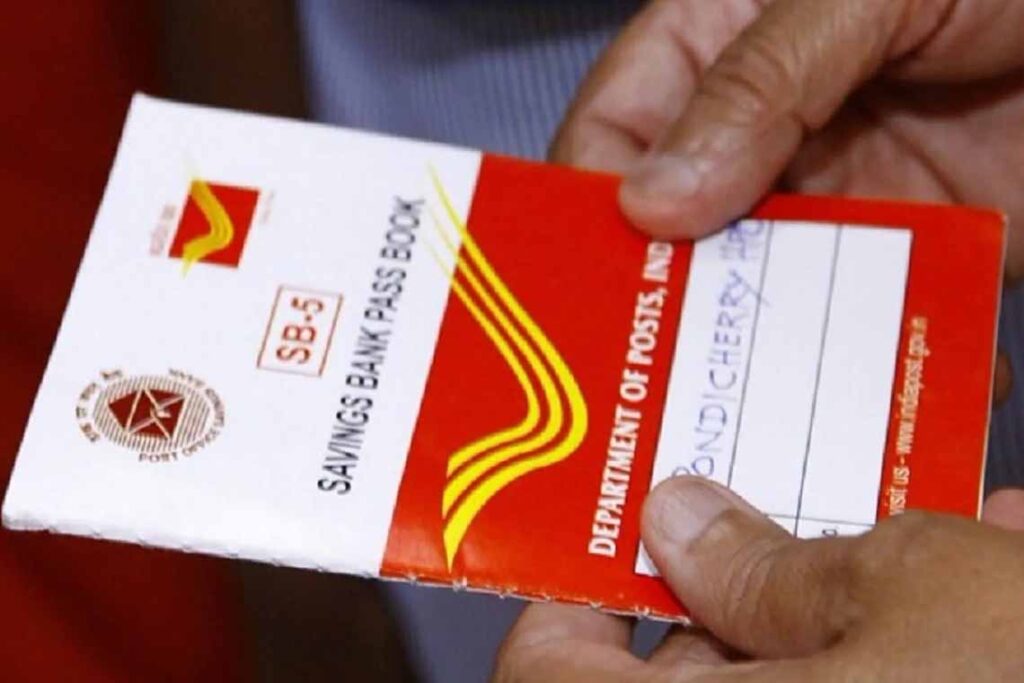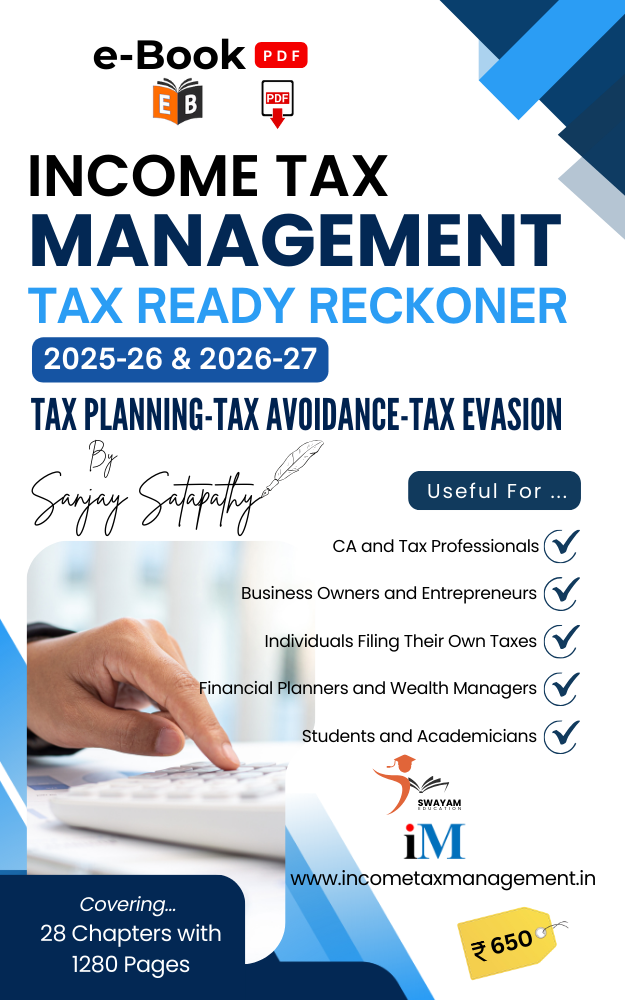In order to monitor high-value transactions conducted by taxpayers, a significant regulatory measure was introduced with the inception of Form 61A under Section 285BA, effective from April 1, 2004, as per Notification No. 182/2005 dated July 11, 2005. This provision mandated reporting persons to furnish Annual Information Return (AIR) concerning specific financial transactions recorded or registered by them starting from the FY 2004-05.
Furthermore, the Finance Act of 2014 brought about an amendment to Section 285BA, effective from April 1, 2015. This amendment entailed a renaming of the Annual Information Return (AIR) to Statement of Financial Transactions (SFT) or reportable accounts.
Section 285BA & Rule 114E:
The statement of financial transaction required to be furnished under sub-section (1) of section 285BA of the Act shall be furnished in respect of a FY in Form No. 61A.
According to Rule 114E, the following class of persons are required to file Statement of Financial Transactions (SFT) or reportable accounts by 31st May after the end of the FY in which the transaction took place:
| S. No | Nature of transaction | Reporting person |
| 1 | (a) Payment made in cash for purchase of bank drafts or pay orders or banker`s cheque of an amount aggregating to 10 lakh rupees or more in a FY.
(b) Payments made in cash aggregating to Rs.10 lakh or more during the FY for purchase of pre-paid instruments issued by Reserve Bank of India. (c) Cash deposits or cash withdrawals (including through bearer`s cheque) aggregating to Rs.50 lakh or more in a FY, in or from one or more current account of a person. (d) Cash deposits aggregating to Rs.10 lakh or more in a FY, in one or more accounts (other than a current account and time deposit) of a person. |
a. Banking company
b. Co-operative bank |
| 2 | One or more time deposits (other than a time deposit made through renewal of another time deposit) of a person aggregating to ten lakh rupees or more in a FY of a person. | a. Banking Company
b. Co-operative bank c. Post Office d. Nidhi Company e. NBFCs |
| 3 | Payments made by any person of an amount aggregating to—
(i) Rs. 1 lakh more in cash; or (ii) Rs. 10 lakhs or more by any other mode, against bills raised in respect of one or more credit cards issued to that person, in a FY. |
a. Banking Company
b. Co-operative bank c. Institution issuing credit cards |
| 4 | Receipt from any person of an amount aggregating to Rs.10 lakhs or more in a FY for acquiring bonds or debentures issued by the company or institution (other than the amount received on account of renewal of the bond or debenture issued by that company). | A company or institution issuing bonds or debentures. |
| 5 | Receipt from any person of an amount aggregating to Rs.10 lakhs or more in a FY for acquiring shares (including share application money) issued by the company. | A company issuing shares. |
| 6 | Buy back of shares from any person (other than the shares bought in the open market) for an amount or value aggregating to Rs.10 lakhs or more in a FY. | Listed Companies making buyback of shares. |
| 7 | Receipt from any person of an amount aggregating to Rs.10 lakhs or more in a FY for acquiring units of one or more schemes of a Mutual Fund (other than the amount received on account of transfer from one scheme to another scheme of that Mutual Fund). | Trustee of Mutual Fund |
| 8 | Receipt from any person for sale of foreign currency including any credit of such currency to foreign exchange card or expense in such currency through a debit or credit card or through issue of travellers cheque or draft or any other instrument of an amount aggregating to Rs.10 lakhs or more during a FY. | Person authorised as per FEMA,1999 |
| 9 | Purchase or sale by any person of immovable property for an amount of Rs.30 lakhs or more or valued by the stamp valuation authority referred to in section 50C of the Act at thirty lakh rupees or more. | Inspector General/Registrar/Sub-Registrar |
| 10 | Receipt of cash payment exceeding Rs.2 lakhs for sale, by any person, of goods or services of any nature (other than those specified at Sl. Nos. 1 to 9 above) | Any person who is liable for audit under section 44AB of the Act. |
While aggregating the amounts reporting person shall:
- Take into account all the accounts of the same nature. For example, Mr. Adam maintains two savings accounts in a bank. He deposits cash of Rs 3 lakhs in one account and Rs 8 lakhs in another account during a financial year. Applying the aggregation rule, the deposits made in both accounts, which are of the same nature (i.e., savings accounts), need to be combined to determine the threshold of Rs 10 lakhs for reporting in Statement of Financial Transactions (SFT). In this scenario, since the aggregate exceeds the threshold of Rs 10 lakhs, the bank is required to report the transactions.
- Aggregate all the transactions of the same nature. For example, Mr. Blake purchases shares of XYZ Corporation on April 10, 2016, for a value of Rs 4 lakhs. Subsequently, on October 1, 2016, he subscribes to additional shares worth Rs. 6 lakhs. Following the aggregation rule, the acquisition of shares on both dates during the financial year 2016-17 constitutes transactions of the same nature. The values of these transactions must be combined to determine if they exceed the Rs 10 lakhs threshold for reporting in SFT. In this case, since the aggregate equals the threshold of Rs 10 lakhs, the company issuing the shares is required to report the transactions.
- In case of joint accounts, add the amount to each account holder’s threshold limit. For example, Mr. Chris and Mr. David hold a joint savings account with a bank. The deposits made in both accounts need to be aggregated to ascertain if they surpass the threshold of Rs. 10 lakhs for the submission of SFT.
- Apply the threshold limit separately to deposits and withdrawals. For example, XYZ Corporation deposits Rs. 35 lakhs on April 25, 2016, and withdraws Rs. 20 lakhs on April 30, 2016. According to the aggregation rule, the deposits and withdrawals cannot be combined to determine if they meet the threshold of Rs. 50 lakhs for filing SFT. Therefore, assuming these are the only deposit and withdrawal transactions during the year, there is no requirement to report them.
Notification No 16/2021 dated 12.03.2021 of CBDT:
For the purposes of pre-filling the return of income, a statement of financial transaction under subsection (1) of section 285BA of the Act containing information relating to capital gains on transfer of listed securities or units of Mutual Funds, dividend income, and interest income shall be furnished by:
| S. No. | Nature of Transaction | Class of Person |
| 1 | Capital gains on transfer of listed securities or units of Mutual Funds | Recognised Stock Exchange, Depository, Recognised Clearing Corporation & Registrar to an issue and share transfer agent |
| 2 | Dividend Income | Company |
| 3 | Interest Income | Banking Company, Co-operative Banks, NBFCs & Post Master General |
Due Date for filing SFT
The statement shall be furnished on or before 31st May immediately following thefinancial year in which the transaction is registered or recorded.
Section 285BA(5) states that if an individual or entity obligated to furnish a statement under section 285BA(1), fails to do so within the specified timeframe, the designated income-tax authority has the authority to issue a notice to the defaulter. This notice directs the individual or entity to furnish the required statement within a period not exceeding thirty days from the date of service of the notice. The recipient is then obliged to furnish the statement within the timeframe specified in the notice.
Penalties for late filing of SFT or Incorrect Information in SFT:
Section 271FA: Penalty for late filing of SFT
| From 1st June after end of FY in which transaction was recorded till the date the SFT is filed or expiry of time specified in notice issued u/s 285BA(5) | Rs.500 per day |
| Failure to furnish SFT within the period specified in notice under Sec 285BA(5) i.e., within 30 days from date of service of notice. | Rs.1000 per day |
Section 271FAA: Penalty for Incorrect Information in SFT
Certainly, here are all the conditions mentioned in points:
1. If the inaccuracy in the statement of financial transaction or reportable account is due to:
- Failure to comply with the due diligence requirement prescribed under 285BA(7) or
- Deliberate action on the part of the person furnishing the statement.
2. If the person furnishing the statement:
- Knows of the inaccuracy at the time of furnishing the statement but fails to inform the prescribed income-tax authority or other relevant authority or agency.
3. If the person furnishing the statement discovers the inaccuracy after submission but fails to:
- Inform the prescribed income-tax authority, and
- Furnish correct information within the specified time under sub-section (6) of section 285BA.
4. For reporting financial institutions:
- If the inaccuracies arise from false or inaccurate information provided by the holder(s) of the relevant reportable account(s).
Upon meeting any of these conditions, the prescribed income-tax authority under section 285BA(1) may direct the imposition of penalties.












